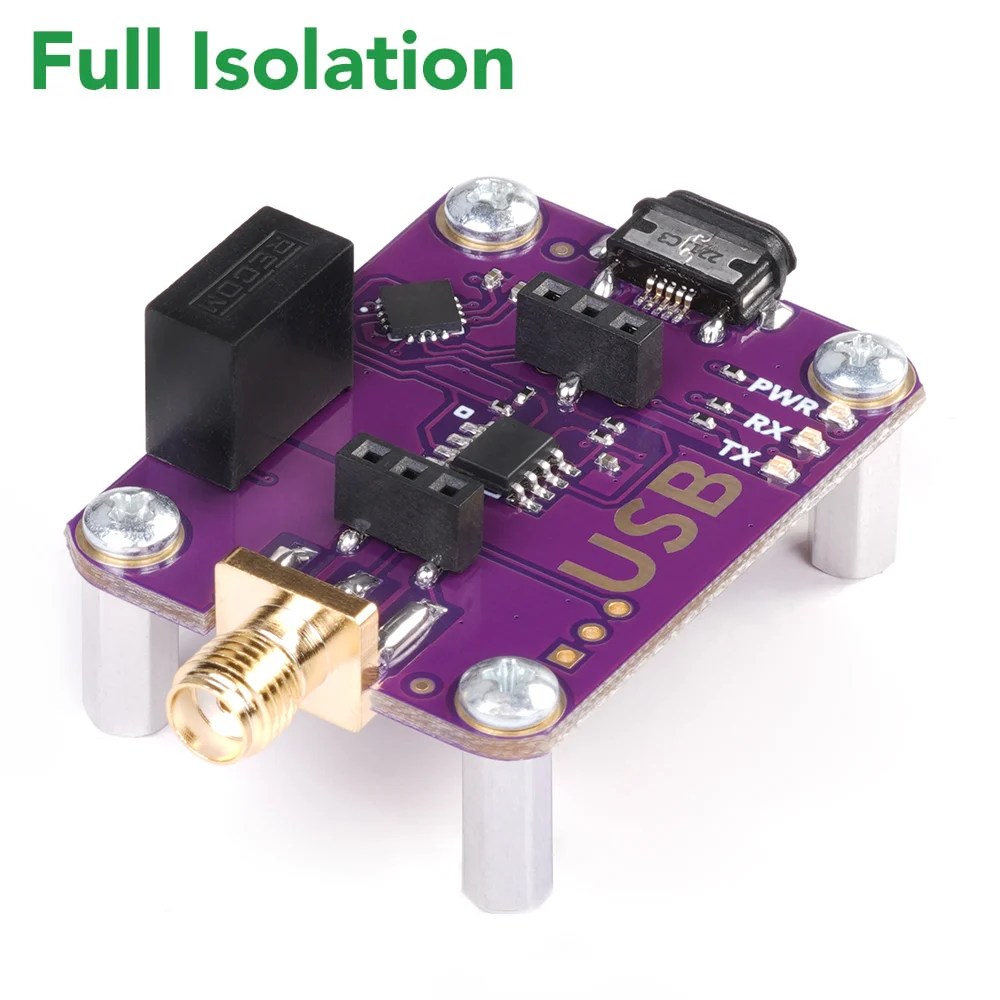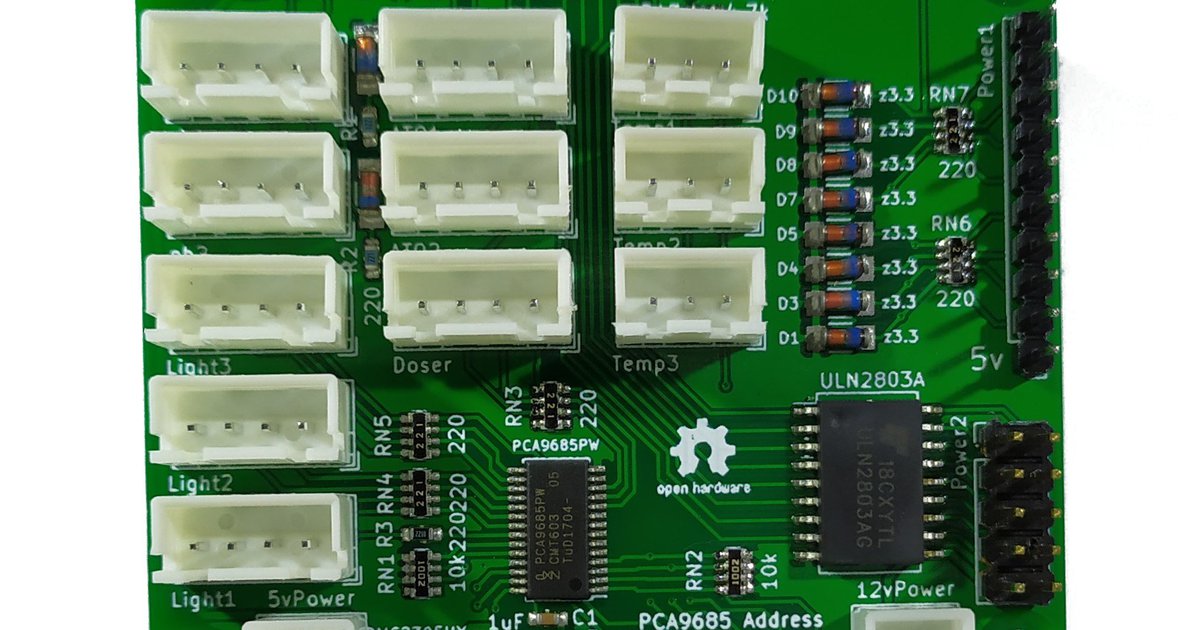Was wondering if you guys have messed with this before:

 www.atlas-scientific.com
www.atlas-scientific.com
Converts straight from BNC to USB. Not cheap though. I was thinking of picking a few up and trying to make a sort of modular plug-n-play monitoring system (I am shying away from the breadboards for now lol).
The adapter says it's compatible with their 'EZO' line but it appears just to be a BNC interface. So I'm not sure if it will work with other probes or not -- and their branding/marketing is so terrible it's pretty hard to determine what, exactly, that thing works with anyways (they have different colored PCBs in their marketing to demonstrate the products it works with yet you can only order one color PCB for that adapter).

Gen 2 Electrically Isolated USB EZO™ Carrier Board | Atlas Scientific
The Gen 2 Electrically Isolated USB EZO™ Carrier Board Allows you to connect your Atlas Scientific circuit directly to your computer or Raspberry Pi.
Converts straight from BNC to USB. Not cheap though. I was thinking of picking a few up and trying to make a sort of modular plug-n-play monitoring system (I am shying away from the breadboards for now lol).
The adapter says it's compatible with their 'EZO' line but it appears just to be a BNC interface. So I'm not sure if it will work with other probes or not -- and their branding/marketing is so terrible it's pretty hard to determine what, exactly, that thing works with anyways (they have different colored PCBs in their marketing to demonstrate the products it works with yet you can only order one color PCB for that adapter).




















